Today we’re going on an adventure to a Croatian island that’s small in size, but big in uniqueness. I’m talking about Baljenac, the island that looks like a fingerprint from above! Now, I know what you’re thinking. “A fingerprint? On an island? How does that even work?” Well, let me tell you, it’s just as cool as it sounds.
Located in Dalmatia, not far from Šibenik, Baljenac may only be 500 metres long, but it’s packed with wonders to explore. One of the island’s most striking features is its grooves, which are made up of a total of 23 kilometres of stone fences. Now, I know what you’re thinking. “Stone fences? That sounds like a snooze-fest.” But trust me, these fences are no ordinary fences.
The stones used to build these fences were dug out of the ground to cultivate the land. They were used to mark the boundaries of the plots and protect the crops from the wind. But here’s where things get really interesting. The builders of these fences used no binders. That’s right, no cement, no glue, no nothing. They simply stacked the stones so that they fit together and remained stable. It’s a feat of engineering that’s truly mind-boggling.
As you explore the island, you can’t help but marvel at the ingenuity of the people who built these fences. They’re a testament to the resilience and resourcefulness of the human spirit. And the best part? They’re still standing after all these years. So, if you’re a history buff or just love a good engineering marvel, Baljenac is the place for you.
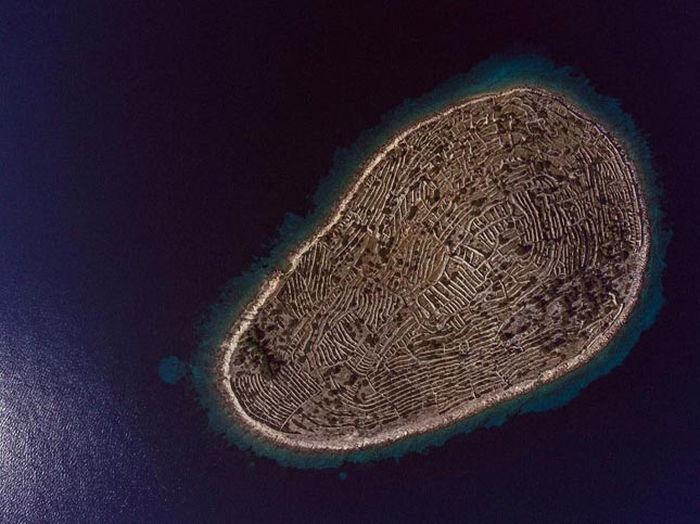
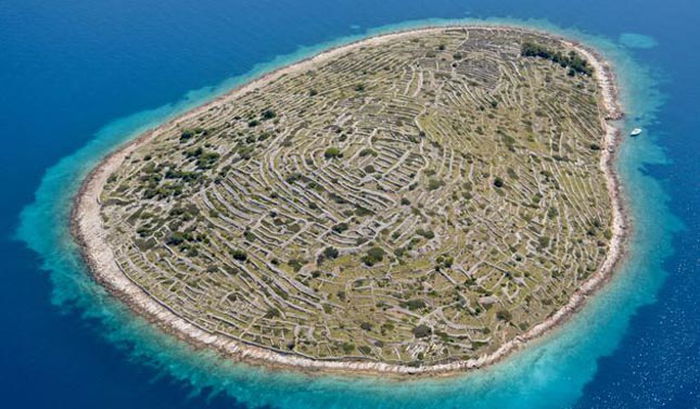

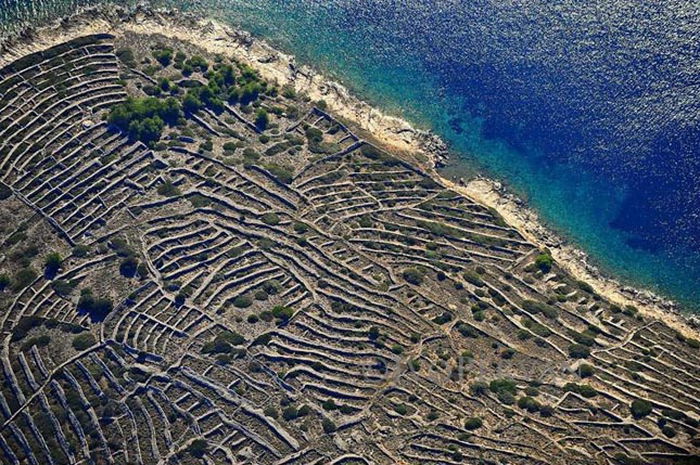
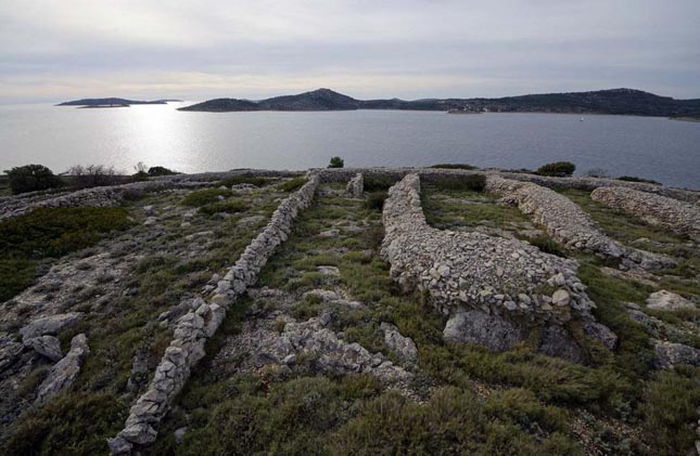
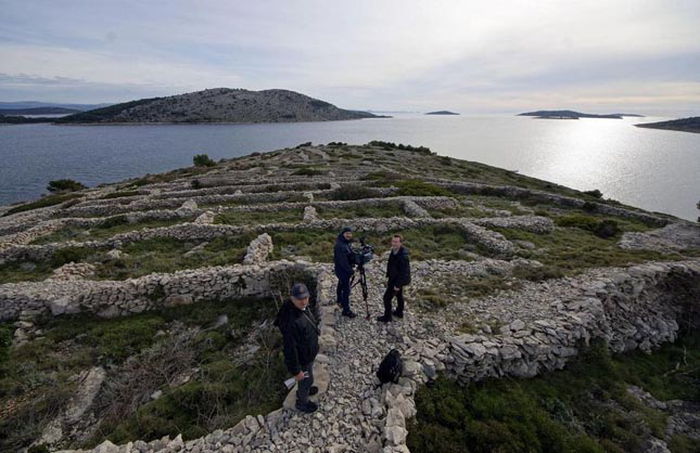
Scientists Believe that “Fingerprint Island” Was Once a Vineyard. But why?
The Mediterranean island of Spinalonga was once used to isolate lepers from the mainland. Similarly, fingerprint island may have been built for a similar purpose. However, as researcher and host, Sarah Parcak, investigates the island, it becomes clear that there is much more to this seemingly barren patch of land than meets the eye.
The island’s layout is asymmetrical and features tiny, labyrinthine compounds, which are thought to have been built to keep people in. However, as Parcak delves deeper, it becomes clear that these compounds were not dwellings but rather temporary structures with shade.
Parcak notes that the wall of the compound does not contain any mortar, and the dry stone has not been locked into place, indicating that it was not used for structural purposes. Instead, the primary purpose of the walls was to clear the ground of debris, making it ready for agriculture.
As Parcak continues her investigation, she discovers that the island is full of long strips of agricultural fields, with dry stone walls that were used to clear the ground of debris. These walls were not weight-bearing, but they were used to support the soil, making it ready for growing crops.
One of the key factors required for agriculture is water, and the satellite image of the island shows no evidence of streams or lakes. However, Parcak’s search for clues eventually leads her to a well, which she believes was the reason why farmers settled on the island.
With a source of fresh water, the next step is to determine what the farmers were growing on this remote island. As Parcak investigates further, she finds an old grapevine, which dates back hundreds of years. The labyrinth seen from space was, in fact, a vineyard.
It is an interesting choice to put a vineyard on such a remote and bizarre island, but the soil’s composition and the availability of fresh water made it perfect for growing grapes. Parcak’s investigation provides valuable insights into how ancient communities lived and worked, and how they used the resources available to them.
While the initial assumption may have been that fingerprint island was once a leper colony, Parcak’s research indicates that it was, in fact, an ancient vineyard. The island’s labyrinthine layout was not meant to isolate people but rather to support the growth of crops. Through Parcak’s investigation, we gain a glimpse into the ingenuity of ancient farmers and their ability to work with the resources available to them.

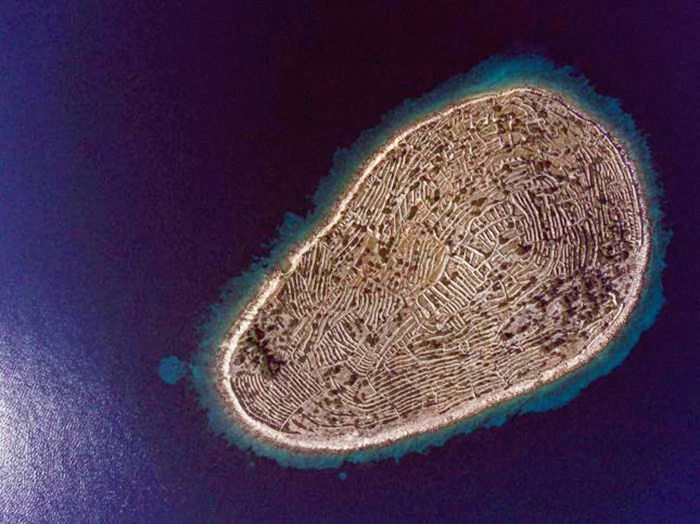

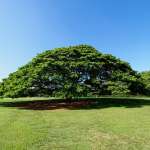

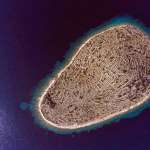







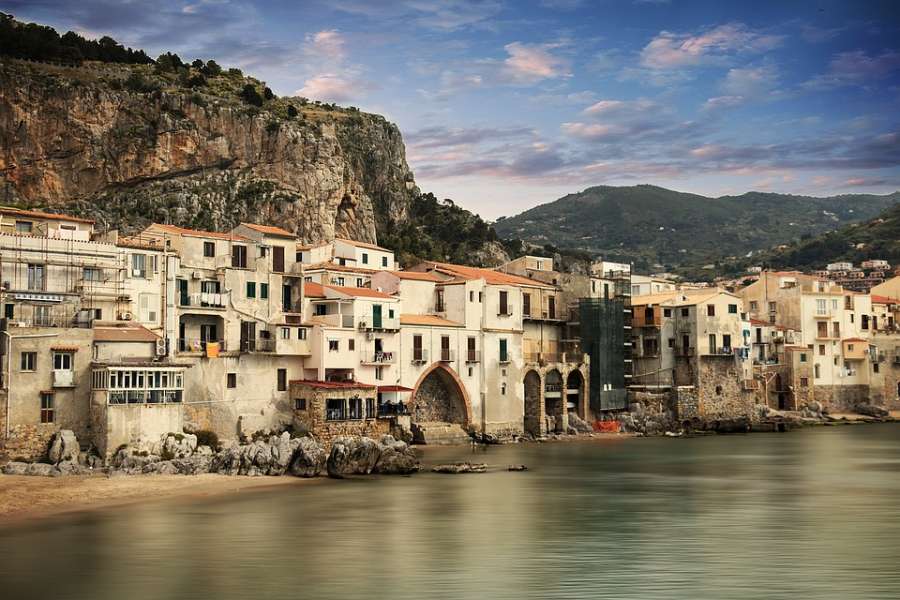
Leave a Comment